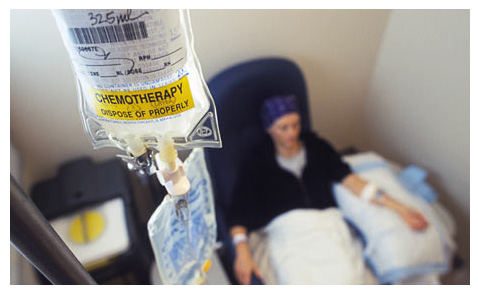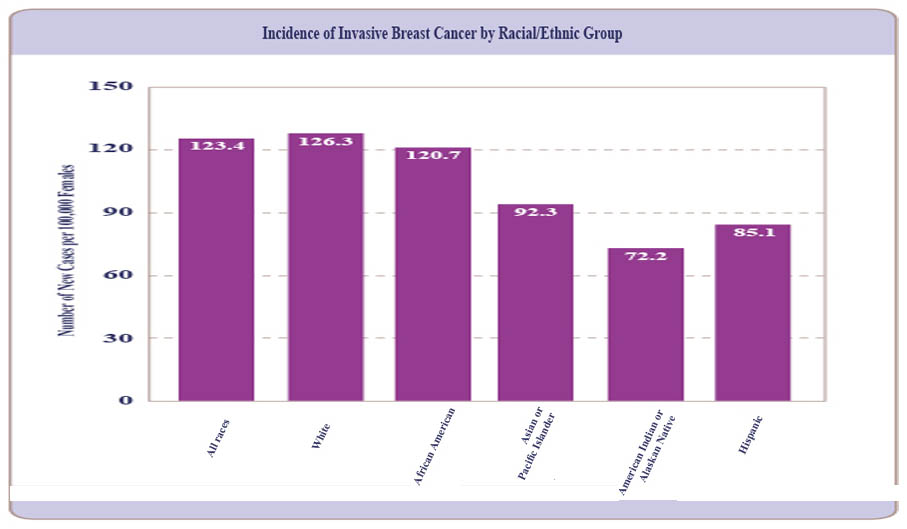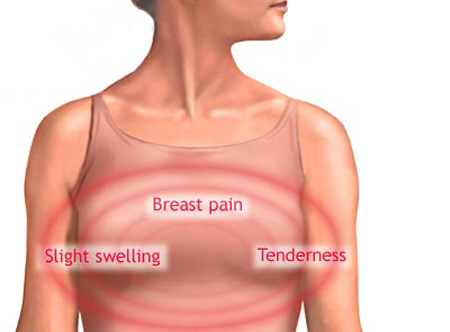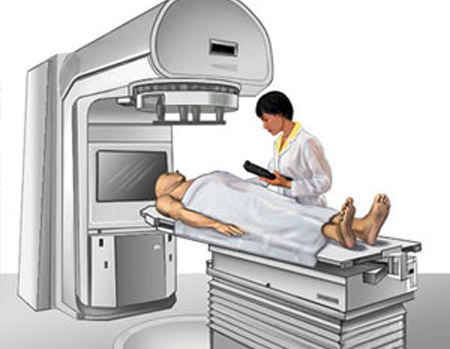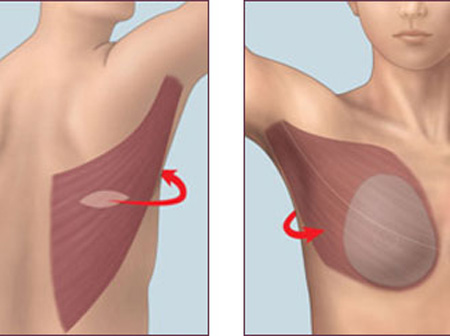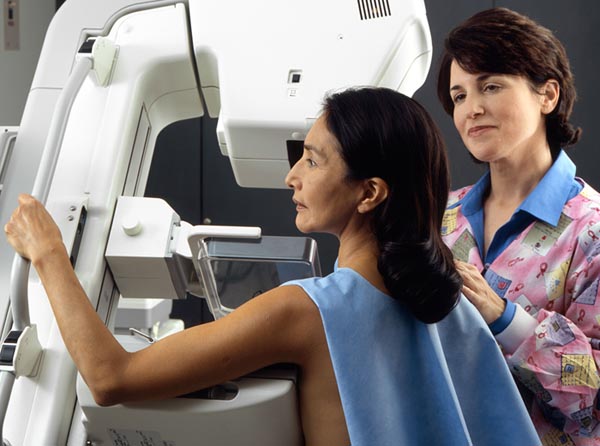Breast cancer is caused by changes in DNA, which will then allow normal cells to mutate into cancer cells. Some of these changes are caused by genetics and sometimes they just happen. Most of the time, the DNA changes that occur are single breast cells changing throughout the lifetime of the person who will get cancer. Researchers do not know what most of the DNA mutations that lead to cancer are yet. Probably the breast cancer is caused by interaction of genetic makeup and environmental factors However, there are some risk factors that have been identified by doctors and researchers through the years, and more are being discovered all the time.
Risk Factors for Breast Cancer
While the exact causes of breast cancer may not yet be known, there are some trends that have been identified, such as people that engage in certain behaviors, are a certain age, race or have a family history of breast or other types of cancers, and these trends have given doctors some tools to help minimize the chances of breast cancers with their patients. Some risk factors cannot be changed, and some are behaviors that can. It is obviously recommended that you do not engage in behaviors that are identified as risk factors, even if you have other risk factors that cannot be changed.

Unchangeable Risk Factors
Gender is one of the unchangeable risk factors in breast cancer. The fact is that while men do occasionally get breast cancer, the chances are much higher for women getting it. In fact, women get breast cancer one hundred times more often than men do.
Age is another factor that can influence whether or not someone gets breast cancer, with two thirds of cases, especially invasive breast cancer, in women that are older than fifty-five. Continue reading Breast Cancer Risk Factors
